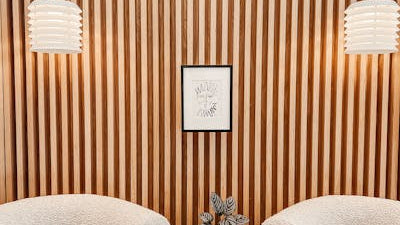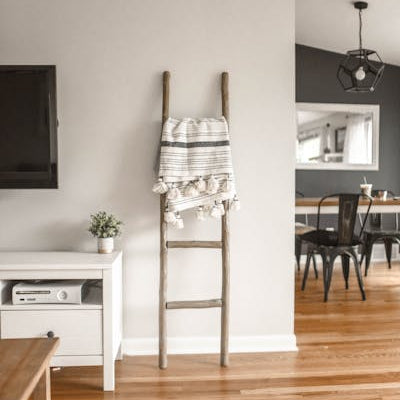Different Rug Materials and Their Unique Characteristics

When it comes to rugs, the material used plays a crucial role in determining the rug's durability, comfort, and overall aesthetic. Different materials can drastically change how a rug looks, feels, and functions in a space. In this article, we'll explore various rug materials, their unique characteristics, benefits, and drawbacks, helping you make an informed decision when choosing the perfect rug for your home.
1. Wool Rugs
Wool is one of the oldest and most traditional rug materials. It is known for its durability, natural stain resistance, and luxurious feel. Wool rugs provide excellent insulation, keeping your home warm during winter months. Additionally, they are resilient and can withstand heavy foot traffic without losing their shape. However, wool rugs can be more expensive than other materials, and they may shed initially.
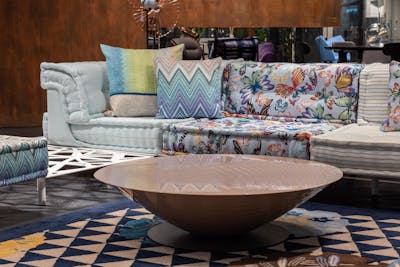
2. Cotton Rugs
Cotton rugs are popular for their affordability and softness. They are lightweight and easy to wash, making them a practical choice for casual or high-traffic areas. Cotton rugs can come in various designs and colors, often featuring intricate patterns. However, they may not be as durable as wool rugs and can wear out quicker, especially in outdoor settings or places with heavy use.
3. Synthetic Fiber Rugs
Synthetic materials such as polypropylene and nylon are commonly used to produce affordable, durable rugs. These rugs are resistant to stains, fading, and moisture, making them ideal for outdoor use or spaces prone to spills. Synthetic rugs are also easier to clean than natural fibers and often less expensive. However, they may lack the luxurious feel of natural fibers and can sometimes emit odors when new.
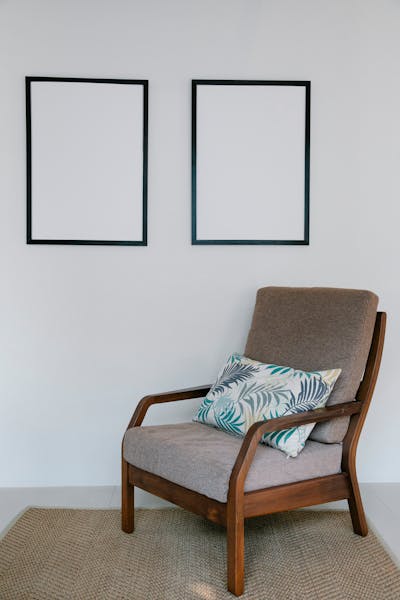
4. Jute and Sisal Rugs
Jute and sisal are natural fibers known for their eco-friendliness and durability. These rugs have a rustic, organic look that can bring warmth to a space. Jute rugs are often softer and more comfortable underfoot, while sisal rugs are sturdier and perfect for high-traffic areas. However, both materials can be prone to stains and may not be suitable for damp environments. Regular cleaning is essential to maintain their appearance.
5. Silk Rugs
Silk rugs are synonymous with luxury and beauty. They are crafted from the fibers of silkworms, resulting in a soft, smooth texture that feels exquisite underfoot. Silk rugs boast vibrant colors and intricate patterns, making them perfect statement pieces. Despite their beauty, silk rugs are not very practical for areas with heavy foot traffic, as they can be delicate and prone to damage.

6. Leather Rugs
Leather rugs offer a unique elegance to any space. These rugs can be made from cowhide, lambskin, or other animal hides and are often crafted with intricate patchwork designs. They are incredibly durable and easy to clean; however, leather rugs can be sensitive to moisture and may slip on smooth surfaces unless secured properly. They are more suitable for low-traffic areas and provide a modern aesthetic.
7. Bamboo and Grass Rugs
Bamboo and grass rugs are eco-friendly options that bring a natural touch to your home. These rugs are made from renewable resources and typically feature a flat weave. They are durable and suitable for both indoor and outdoor spaces, as they are resistant to moisture. However, bamboo and grass rugs may not provide the warmth and softness of other materials, making them less comfortable underfoot.

8. Tufted Rugs
Tufted rugs are created by punching yarn into a backing material to form a pile. This method allows for a plush, soft texture and quick production, making them an affordable choice. Tufted rugs can be made from various materials, including wool and synthetic fibers. However, they may require regular maintenance to prevent damage to the backing material and can be less durable than hand-knotted rugs.
9. Hand-Knotted Rugs
Hand-knotted rugs are highly regarded for their artistry and craftsmanship. Each knot is tied individually, creating a dense and luxurious texture. These rugs can withstand heavy foot traffic and are often considered heirloom pieces due to their longevity. However, the craftsmanship makes them pricier than other options, thus requiring an investment.
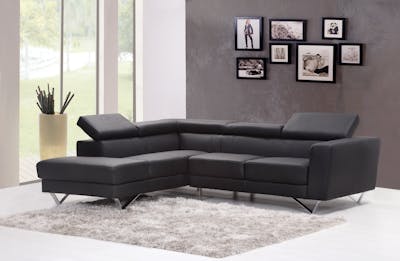
10. Choosing the Right Rug Material
When selecting a rug, consider the room it will inhabit, the level of foot traffic, and your personal style. The right materials will enhance the aesthetics of your space while providing the necessary durability and comfort. Understanding each material's unique characteristics will empower you to make the best choice for your home.
Conclusion
Rug materials offer unique characteristics that contribute to their beauty, functionality, and durability. From luxurious silk to durable synthetic fibers, there is a rug material for every taste and need. By selecting the right rug for your space, you enrich your home with style, comfort, and warmth.
Explore our exquisite collection of handmade tufted rugs at ChillFuzz to find the perfect piece that embodies your style and enhances your living space!


